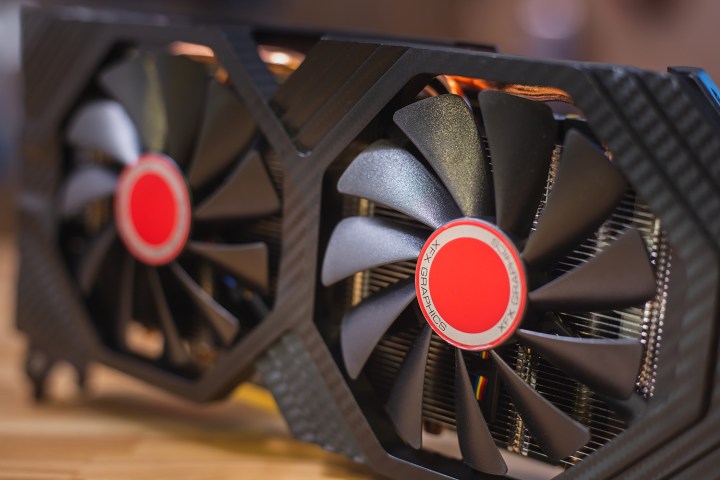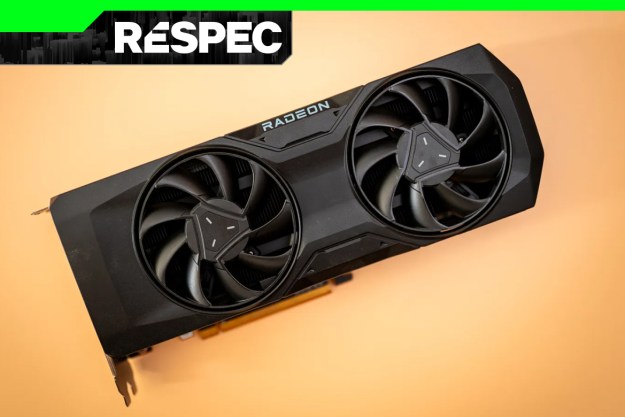
Despite AMD’s earlier assertions that we’d see its next-generation Navi graphics cards unveiled by the middle of the year and released not long after, new rumors suggest that supply issues involving the 7nm hardware at the core of the GPUs may have delayed the range’s release. Where an end-of-summer release was the expected debut period for these new cards, gamers may now not get to try out AMD’s upcoming GPU upgrade until October.
AMD was originally expected to debut midrange Navi graphics cards at CES 2019. What we got instead was the reveal of a brand-new high-end GPU in the form of the Radeon VII. Based on a 7nm Vega 20 architecture, the card offers RTX 2080-like performance at a $700 price point. Navi is expected to be much more modest in its pricing and capabilities, but we may have a while to wait to see how well it fares against Nvidia’s best midrange offerings.
Although no hard details about the alleged delay have appeared, CowCotland, via WCCFTech, reports that there have been supply issues affecting the 7nm dies AMD is using for both its Radeon VII graphics cards and the upcoming Navi. That may be obvious already, as just days after the release of the Radeon VII, stock is almost nonexistent at online retailers, even with its relatively high price point.
WCCFTech also suggests that with AMD hardware slated to be utilized in the next generation of consoles from both Microsoft and Sony, that chips may be allocated to those two major customers before reaching consumer graphics cards, further exacerbating any existing supply problems.
Navi is expected to be the last AMD graphics card line to be based on the firm’s Graphics Core Next architecture, which was first introduced in 2012 with the 7000 series of GPUs. AMD previously suggested that Navi would see a dramatic improvement in “scalability,” and would also utilize next-generation memory. It’s not clear if that would be some form of third-generation high-bandwidth memory, but that notoriously expensive standard is reportedly a major reason why the Radeon VII has proven to be so expensive. Seeing it in a midrange card would be a surprise.
We don’t exactly know what these Navi keystones will mean, but scalability does suggest that Navi may be able to offer far more than midrange solutions, eventually. Whether they’ll release in October or closer to the originally planned launch date remains unclear.
Editors' Recommendations
- Intel Battlemage graphics cards: release date speculation, price, specs, and more
- Nvidia RTX 50-series graphics cards: news, release date, price, and more
- The sad reality of AMD’s next-gen GPUs comes into view
- You shouldn’t buy these Nvidia GPUs right now
- 5 GPUs you should buy instead of the RTX 4070





